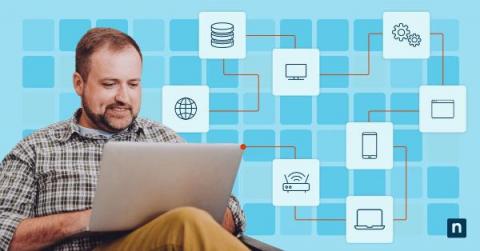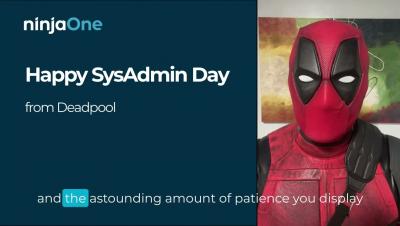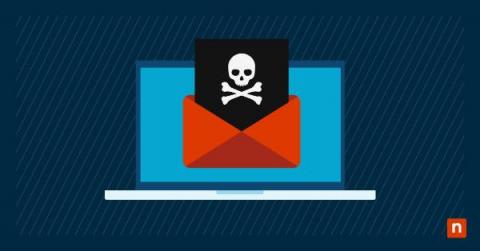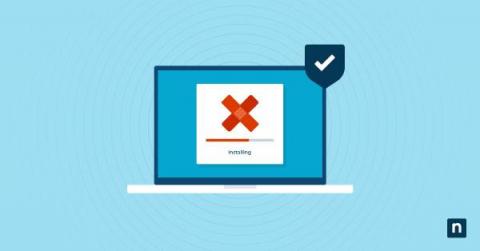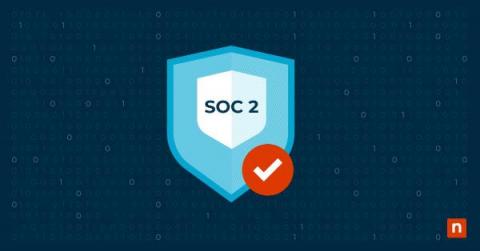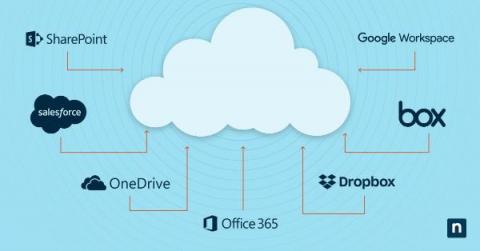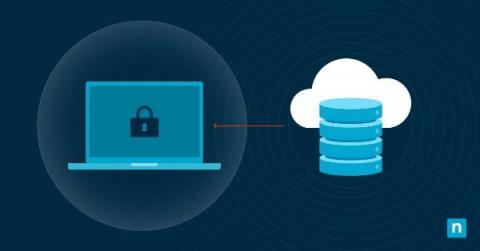Operations | Monitoring | ITSM | DevOps | Cloud
NinjaOne
Understanding IT Strategic Planning: Overview with Examples
Just as proactivity is a necessary virtue for a great IT team, the capacity for IT strategic planning is also essential. A good strategic plan will be an IT roadmap that clearly directs your organization’s IT goals and strategies for the next few years. Strategic planning should also align your service goals with the organization’s broader goals to ensure business continuity and effective disaster prevention and recovery.
Information Technology (IT): Fundamentals & Core Concepts
Simply defined, Information Technology (IT) is the use of computers and related technology, such as software, cloud-based applications, and networks to communicate or transmit data, build organizational infrastructure, and secure information. Anything a business or organization uses an endpoint device for could technically be classified as IT.
Happy SysAdmin Day 2023: A Special Message from Deadpool & NinjaOne
Understanding and Preventing Email Spoofing Attacks
Now that most people are familiar with and thus able to avoid standard phishing attacks, malicious actors have shifted to something more insidious. Email spoofing is an attack in which attackers impersonate someone the target knows, is a much more subtle way to compromise a user’s credentials or device. Like phishing, however, once you know the signs of a spoofed email and train other users on how to spot them, addressing the issue is often straightforward.
You're Only as Strong as Your Weakest Link: The Importance of Vendor Risk Assessment
When you choose to work with another organization, for the sake of your reputation and security, you need to carefully vet each organization before finalizing the decision. Choosing a vendor with which to do business relies on that vendor ranking highly on a vendor risk assessment, which occurs when that vendor practices robust security, ensures compliance with local regulations, and implements effective policies and procedures to ensure smooth daily operations.
Mastering Patch Management - Best Practices for Corporate IT
In recent years, the number of cyberattacks has increased dramatically. These attacks can be costly and disruptive, and they can even lead to the loss of sensitive data. Patch management is one of the most effective ways to prevent these attacks, as it can help to close security vulnerabilities that cybercriminals can exploit. However, patch management can be a complex and challenging process.
SOC 2 Compliance: Overview & Implementation
Security of data is essential in a business and technology environment where consumers are increasingly seeking cost-effective, secure, and scalable data storage solutions. Although you may think your security practices are effective, guidelines like SOC 2 can help you determine how well you’re really doing without the risk of any legal consequences or fines.
SaaS Backup: Complete Guide & Best Practices
The cloud is integral to many organizations, and a substantial number regularly use SaaS applications during daily business operations. However, not all organizations have implemented backups, which can create problems such as accidental deletion, security incidents, or hardware failure. SaaS providers do not solve these problems, so the best and easiest way to protect your organization from downtime and losses is to implement SaaS Backup.
Ransomware Backup: How to Prevent Disaster
Anyone whose company has suffered a ransomware attack can tell you that the negative effects are extensive. Ransomware attacks are costly, time-consuming, and damaging to your organization whether you pay the ransom or not. Losing your data would almost certainly be a complete disaster. The question, then, is a pressing one: How do you get your data back without paying the ransom?




